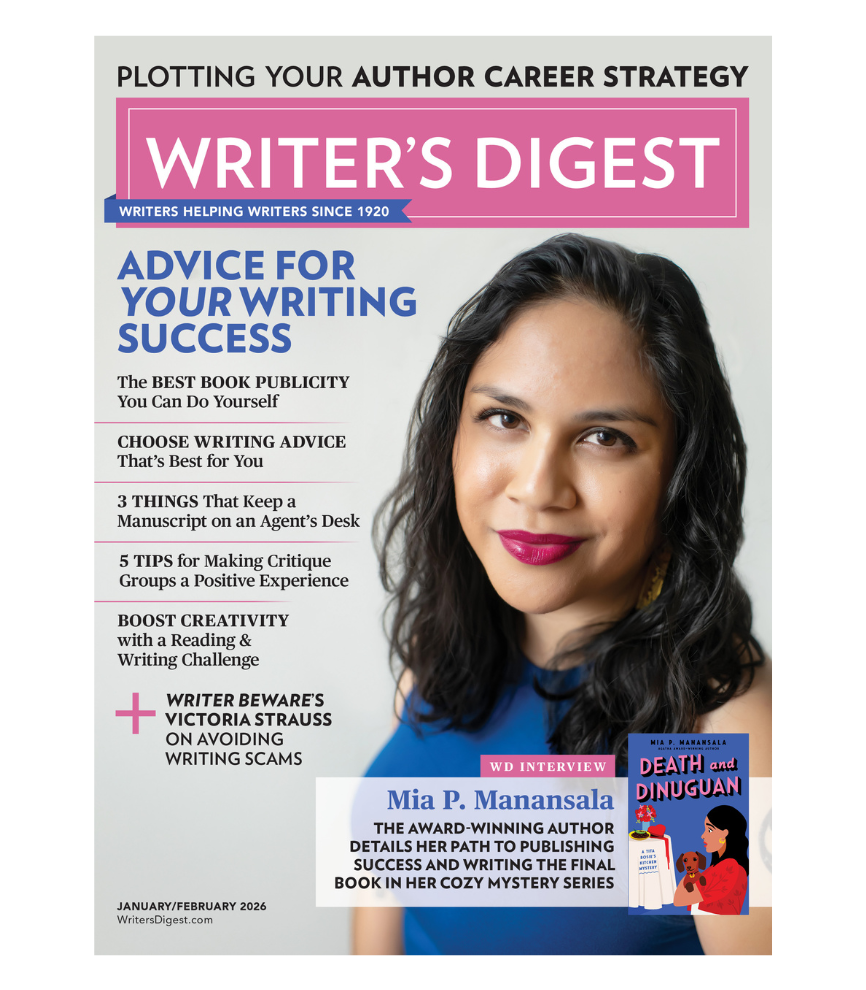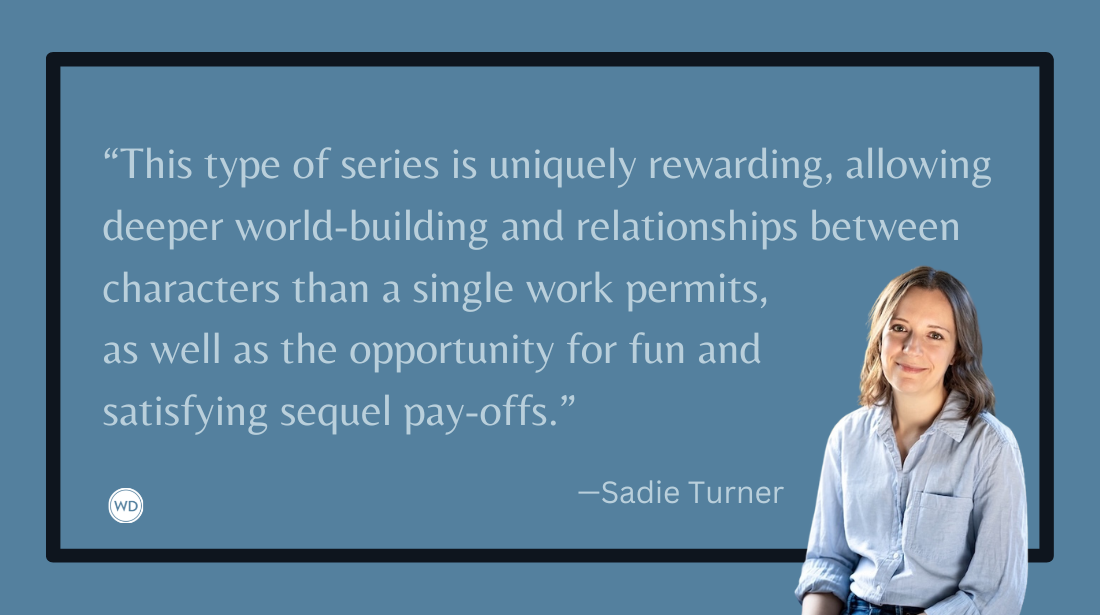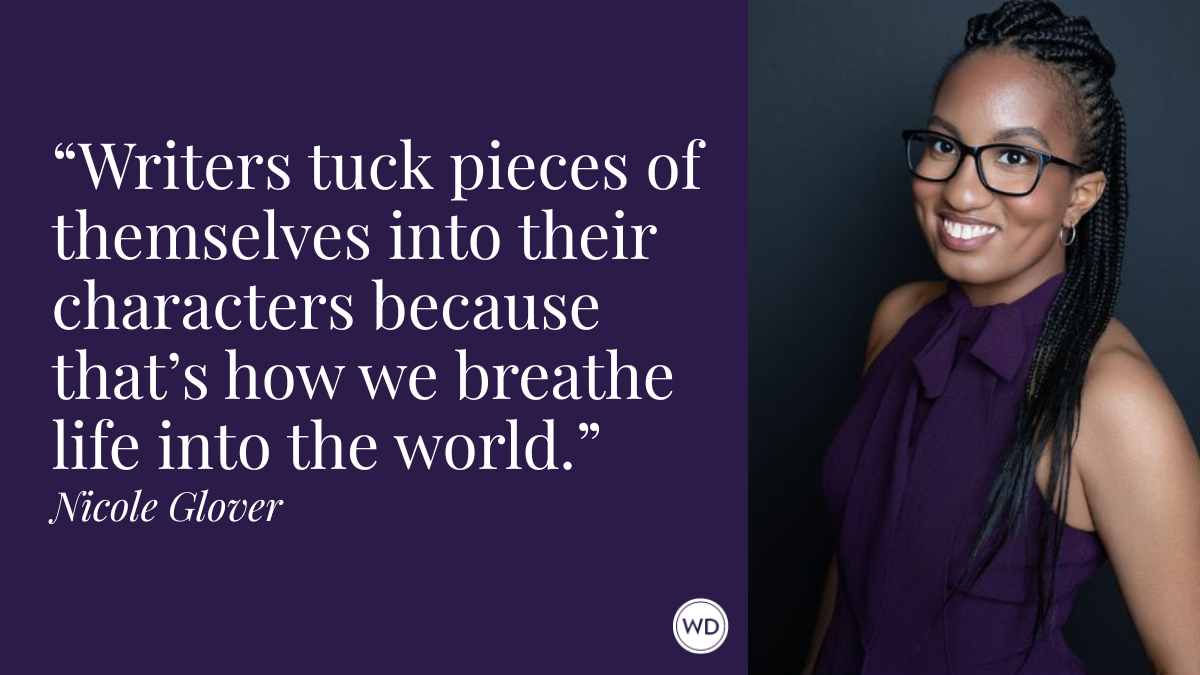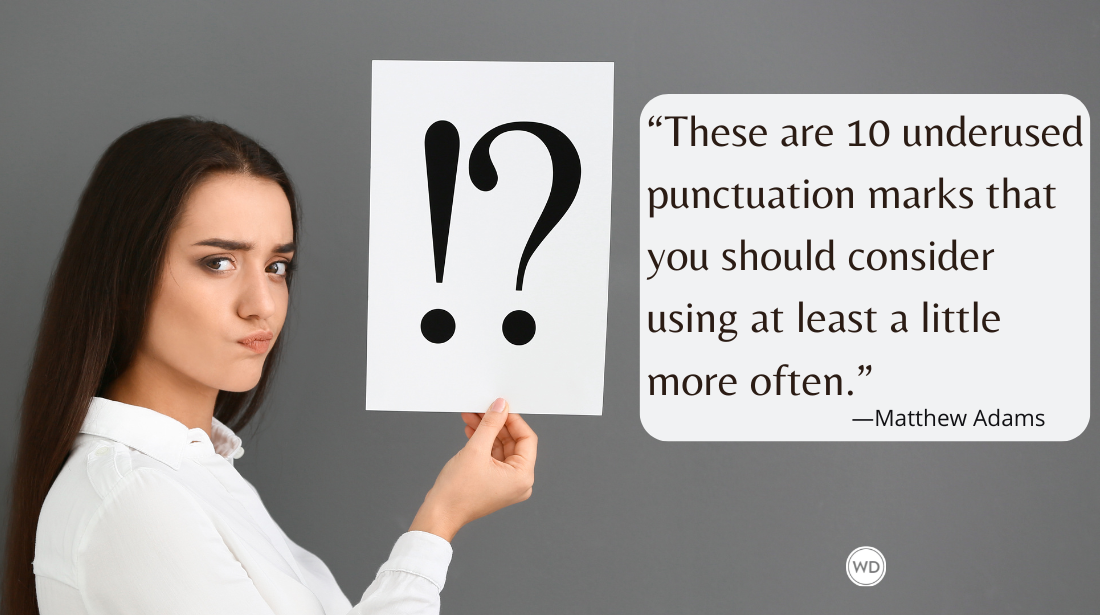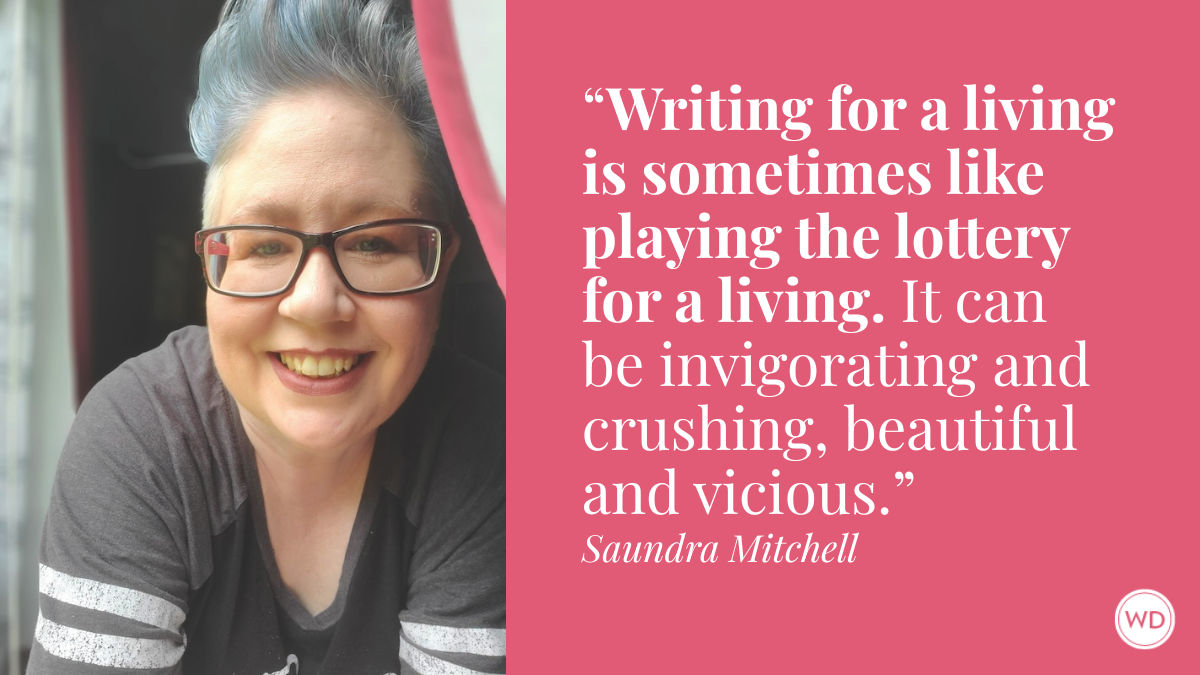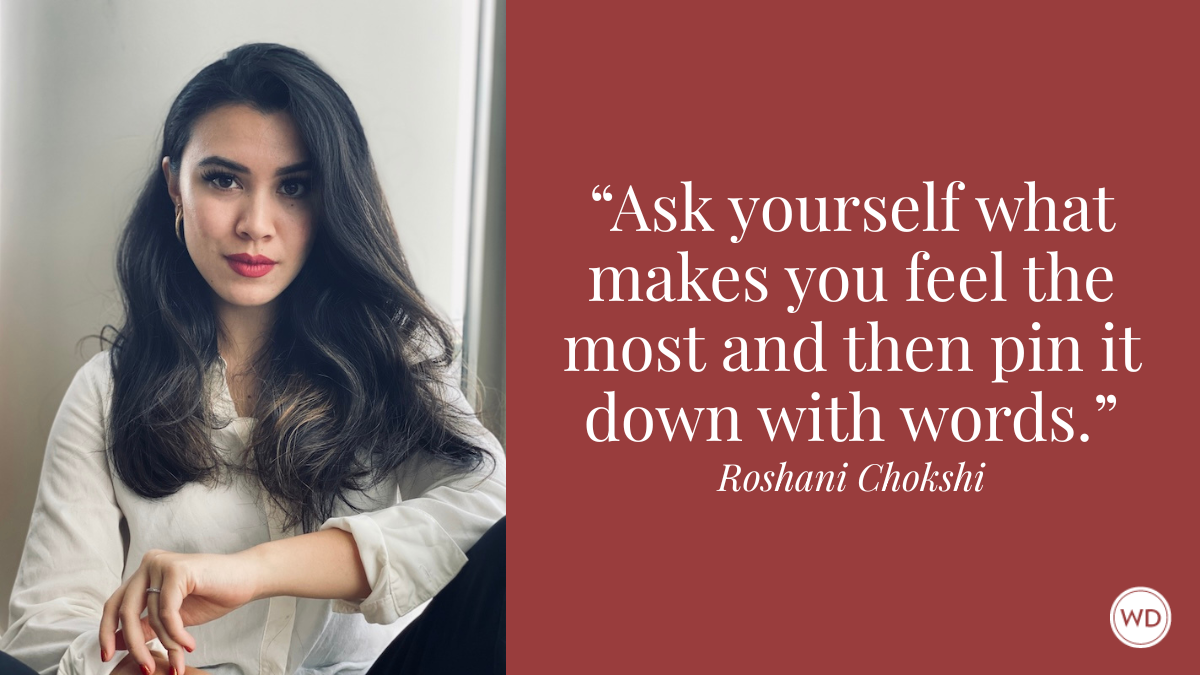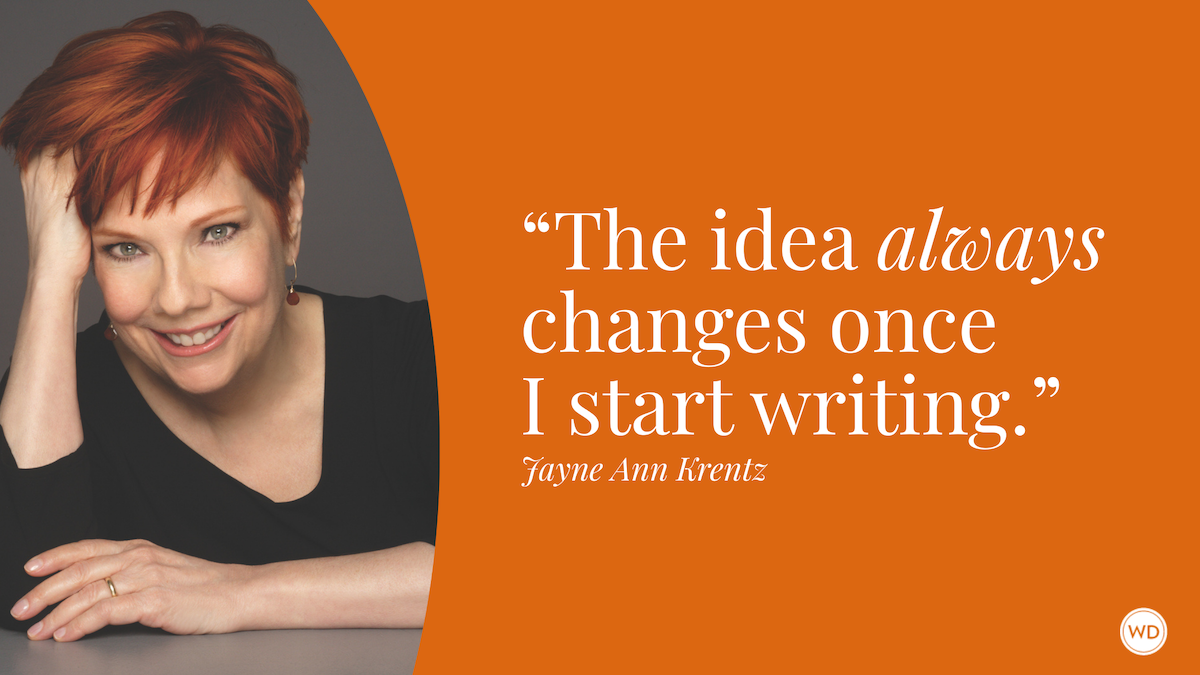How to Choose the Best POV in Fiction
Award-winning writer Barbara Josselsohn discusses how to choose the best point-of-view in fiction by looking at how each of them work.
First-person, third-person close, third-person distant, omniscient—and more! Among all the decisions we storytellers make, perhaps choosing a point of view (or POV) is the most confounding. Often writers simply go with their gut: “First person sounds better here,”or “Third person just feels right.”
Alternatively, we focus on how we want the reader to connect with our characters. First-person or third close, we’ve all been told, lets the writer reveal what’s deep inside a character’s head; a distant third-person perspective keeps the character a bit less accessible, a bit more mysterious, making for a different reading experience.
It's a tricky business, weighing the options, and uncertainty about your choice can really do a number on your confidence in crafting your story. So I’d like to suggest a different and perhaps more practical approach to zeroing in on the best POV: Instead of thinking that point of view defines the author’s relationship to the characters, consider it as a measure of the author’s relationship to the reader.
More specifically, I like to imagine point of view as a spectrum, with “author is invisible” at one end and “author is front and center” at the other. With first person or close third, there is no daylight between the reader and the author. The reader bypasses the author entirely and lands seamlessly in the character’s shoes. Think of the author here like a caterer who sets out the gorgeous trays of hors d’oeuvres and appetizers on the buffet table while the wedding ceremony is underway. When the doors to the hall open, the hungry guests are so invested in the sushi platters and carving stations that it’s not until the party has ended, if at all, that they think about all that went into the preparations.
By contrast, with an omniscient or distant-third POV, the author takes center stage. We read knowing that the author’s ever-present narrator is at our side, a buddy and confidante, there to provide commentary, insight, and analysis. In this case, the author-narrator is like a tour guide leading adventurers through unmarked territory, or a real estate agent interpreting the neighborhood for a potential home buyer new to the area. We read as much for the external observations as for the character’s internal challenges.
So how does this work in practice? Consider a book like Count the Ways, by Joyce Maynard, or The Women, by Kristin Hannah. In both of these novels, our attention is never really on the narrator. These are deeply emotional stories that connect us intensely to the characters, with no filters to distract us. In fact, if an author were to insert themselves into this kind of novel with an observation or opinion not directly tied to a character’s interior world, we would find it distracting or even label it “clunky.”
Now, think of a book like Lessons in Chemistry, by Bonnie Garmus. Here, the author has created a narrator that is out in the open, and deliciously snarky at times. Observant and talkative, this narrator takes digs at the foibles of the characters (and of humans in general); conveys to the reader that the protagonists are falling in love even before the characters seem to realize it themselves; and at times riffs on a range of topics such as the quirkiness of competitive rowers. Far from invisible, the narrator is a star. In fact, part of the fun of reading this book is waiting to see what biting observation the narrator will make next.
Now consider the inventive workplace novel Then We Came to the End, by Joshua Ferris, which uses a very unusual point of view—first person plural. Here, the author has given us a narrator who is again front and center, forming a distinctive friendship with the reader. By commenting with wit and humor about the people “we” see at the office each day and the changes “we” encounter as the fictional business struggles, Ferris creates a partnership between the reader and the narrator as they seem to invent the story together.
As for me, I tend to write in the style of Maynard or Hannah. The emotional state of the characters is paramount. For this reason, I want the reader to have complete access to my characters’ inner lives, without any narrative interference from me. First-person or close third is best for the kinds of stories I write.
How about you? Do you want your narrator to be apparent to the reader, as visible as any other character? Do you want your narrator’s voice to be something the reader watches out for and takes note of? If so, consider choosing a point of view that leans toward the “omniscient” end of the scale. If not, then head toward the opposite side.
In short, think about the way you want the reader to engage with you. What do you want your role to be in the reader’s experience?
The answer may help you determine the best point of view—and get on with the heavy lifting of telling your story.
Check out Barbara Josselsohn's The Secret Orphanage here:
(WD uses affiliate links)
Barbara Josselsohn is an award-winning journalist and novelist who loves crafting stories about strong protagonists facing a fork in the road. She is the author of five previous novels including The Lilac House, The Bluebell Girls, The Lily Garden, The Cranberry Inn, and The Last Dreamer. She has also written hundreds of articles and essays in major and regional publications about family, home, and relationships. She lives just north of New York City and enjoys escaping to the beach or the mountains whenever she can. Other than writing, her biggest passion is her family: her husband, her three kids, and her rescue pup, a mini-schnauzer named Albie. She is currently at work on book 2 of her Sisters of War series, a follow-up to Secrets of the Italian Island.


